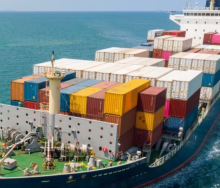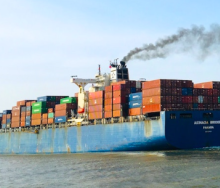As Rwanda’s economy expands and foreign direct investment continues to pour into one of the easiest countries to do business with in Africa, as per World Economic Forum findings, authorities have announced the implementation of a National Strategy for Climate Change and Low Carbon Development.
The primary objective of the plan is to guide sustainable urban development in Rwanda where it’s expected that 35% of the country’s population will be living in cities by 2024.
Significantly, the plan also identified six secondary cities as possible poles of economic growth with potential upgrades to clean water and electricity among other infrastructural facilities. This is all in a bid to counter future densification of the country’s fast-expanding capital, Kigali.
Liliana Uwanziga Mupende, Rwanda-based executive of the Global Green Growth Initiative which is an acting a partner in Rwanda’s urbanisation strategy, said the main reason why the secondary cities had been identified was to divert urban sprawl and its attendant demands away from Kigali.
A leading Rwandan daily quoted her saying “the secondary cities were selected based on their strategic location, growth trends, unique assets, and potential to become regional economic development hubs”.
Although none of the secondary cities were identified, they represent about 27% of the country’s urban population and possibly include the cities of Butare, Gitarama, Ruhengeri, and Gisenyi.












